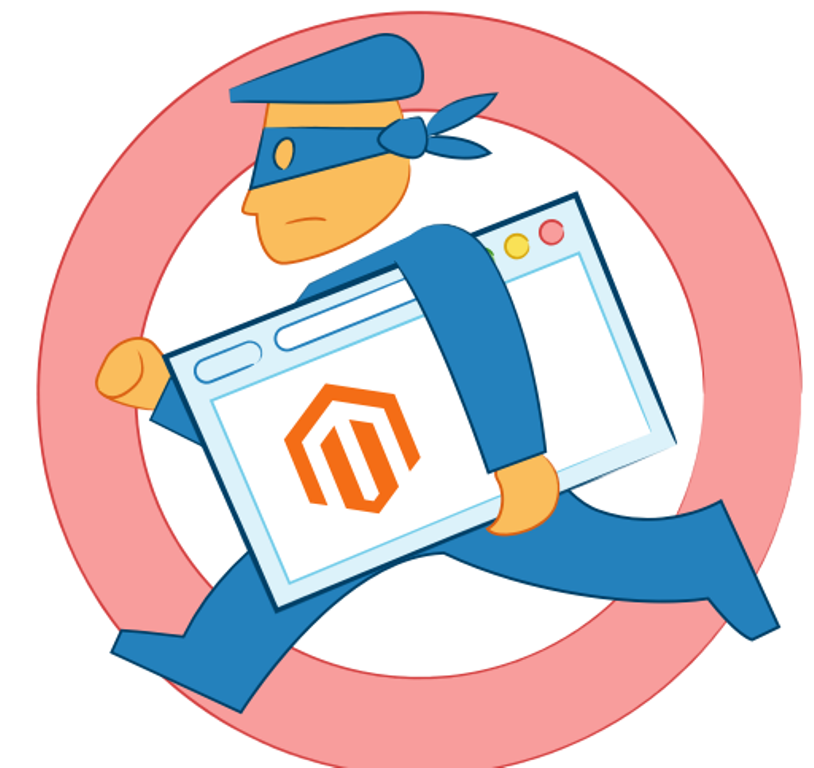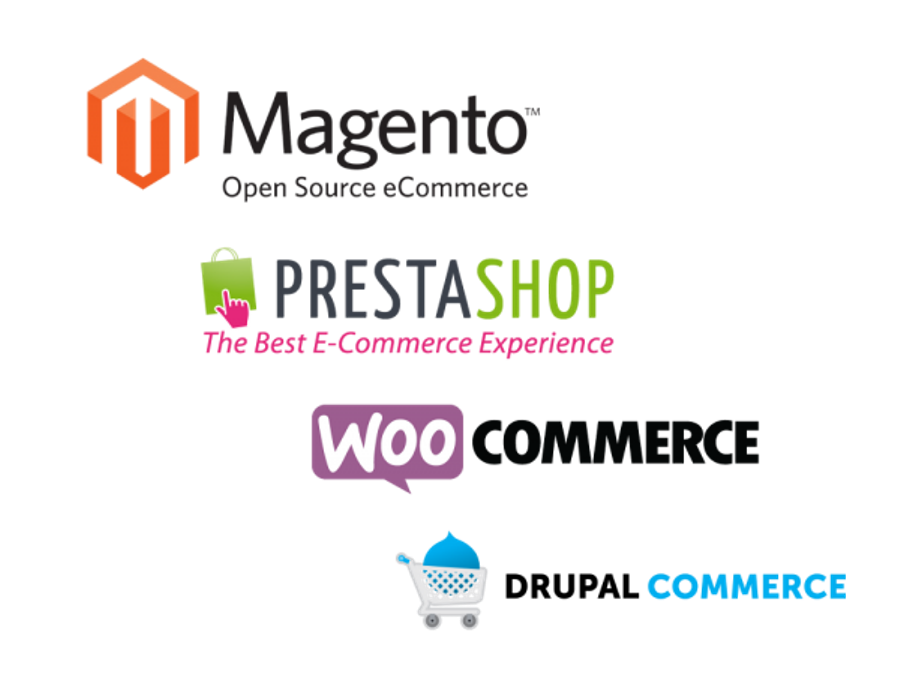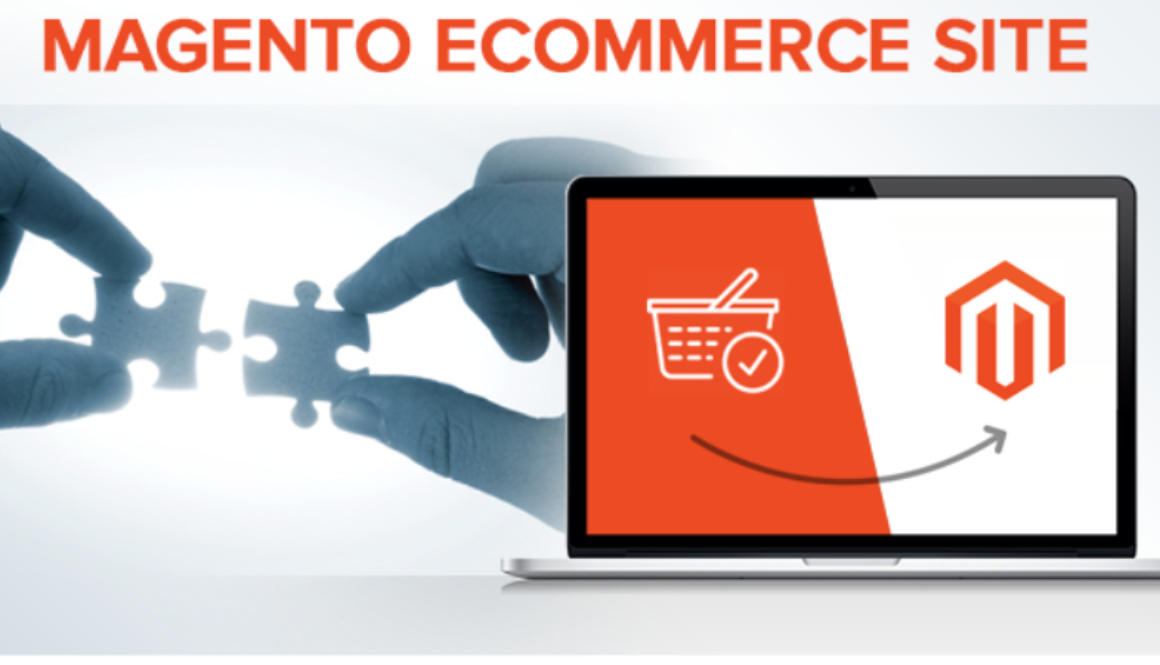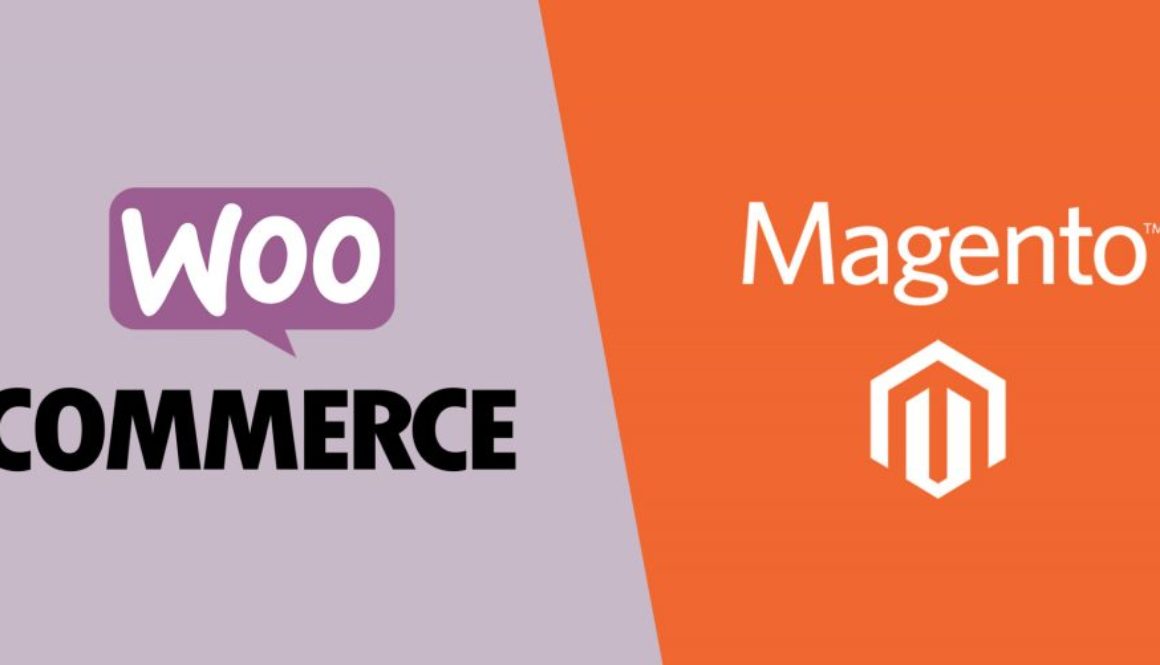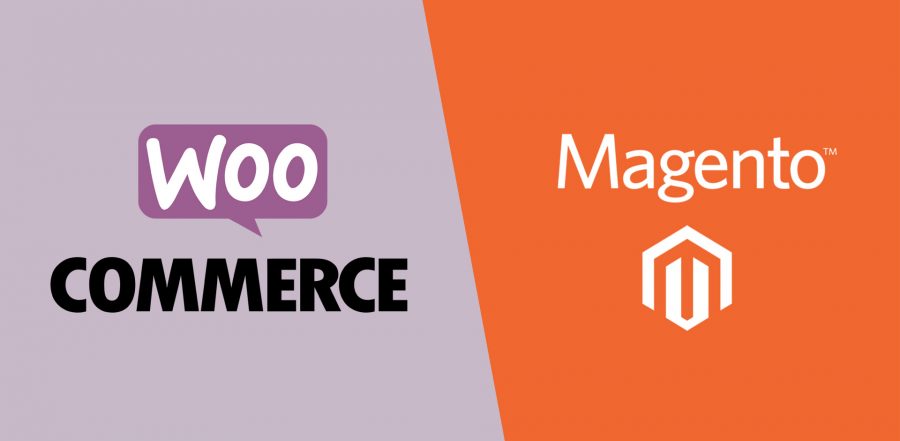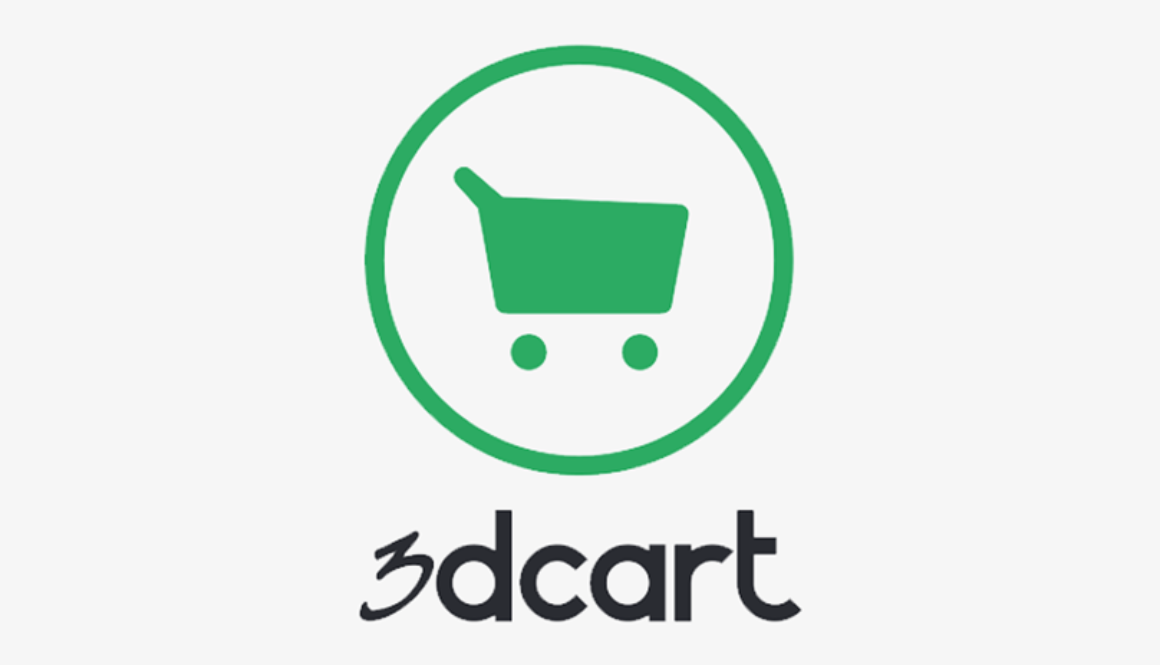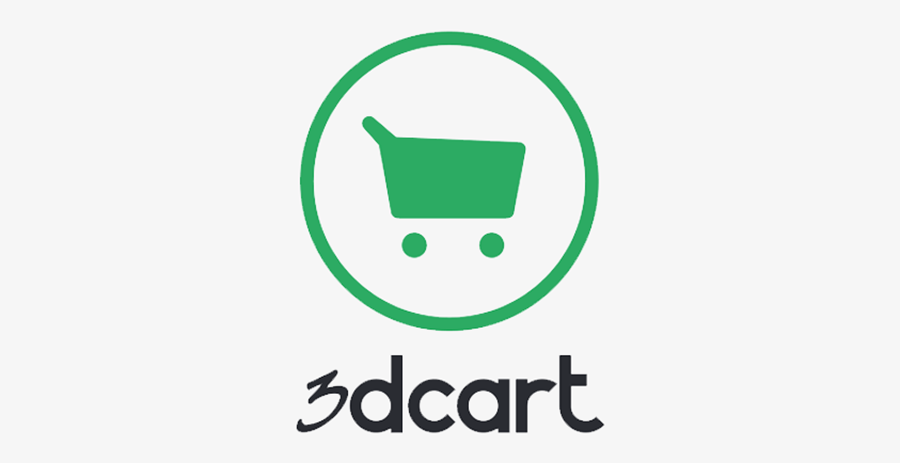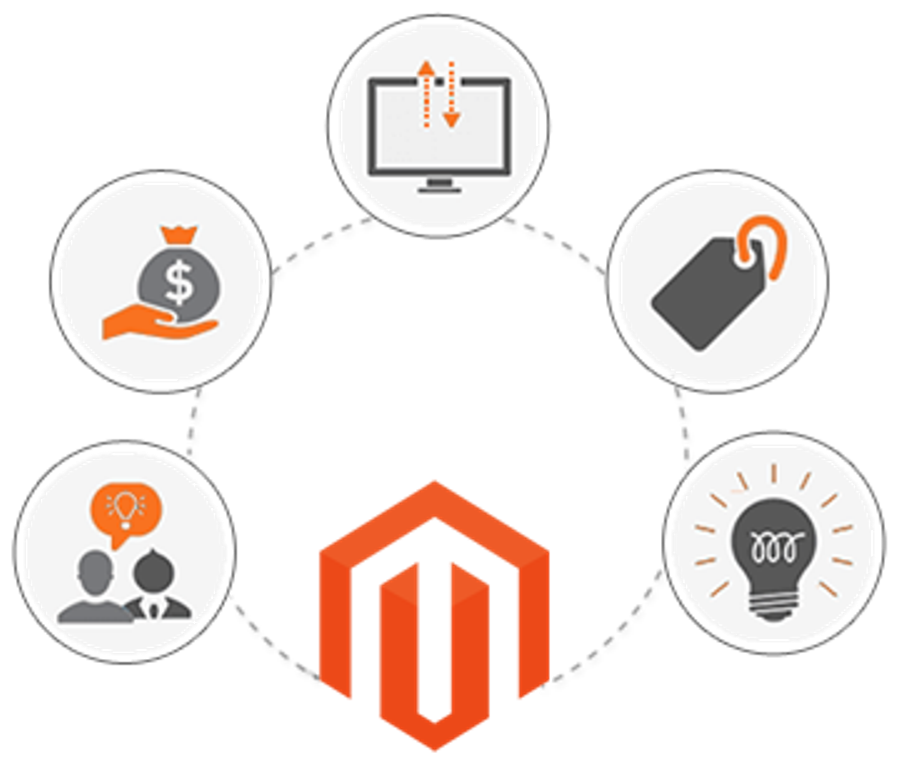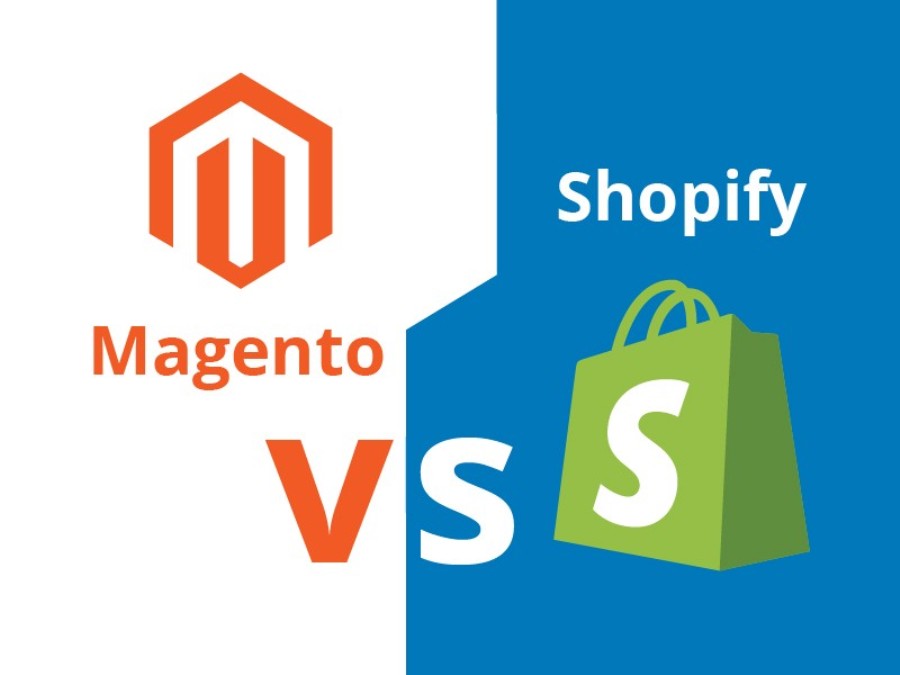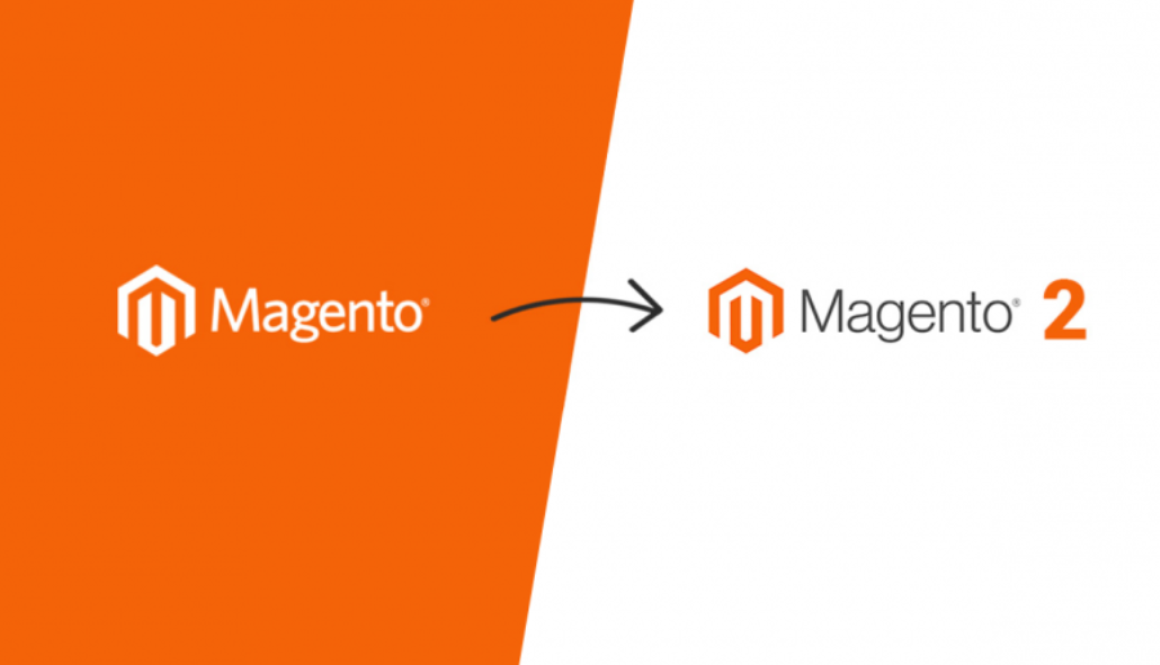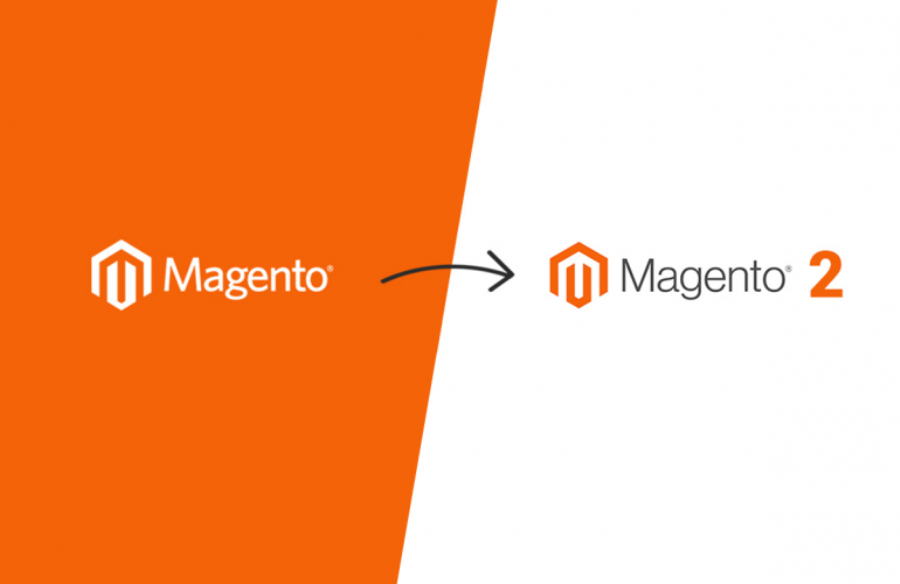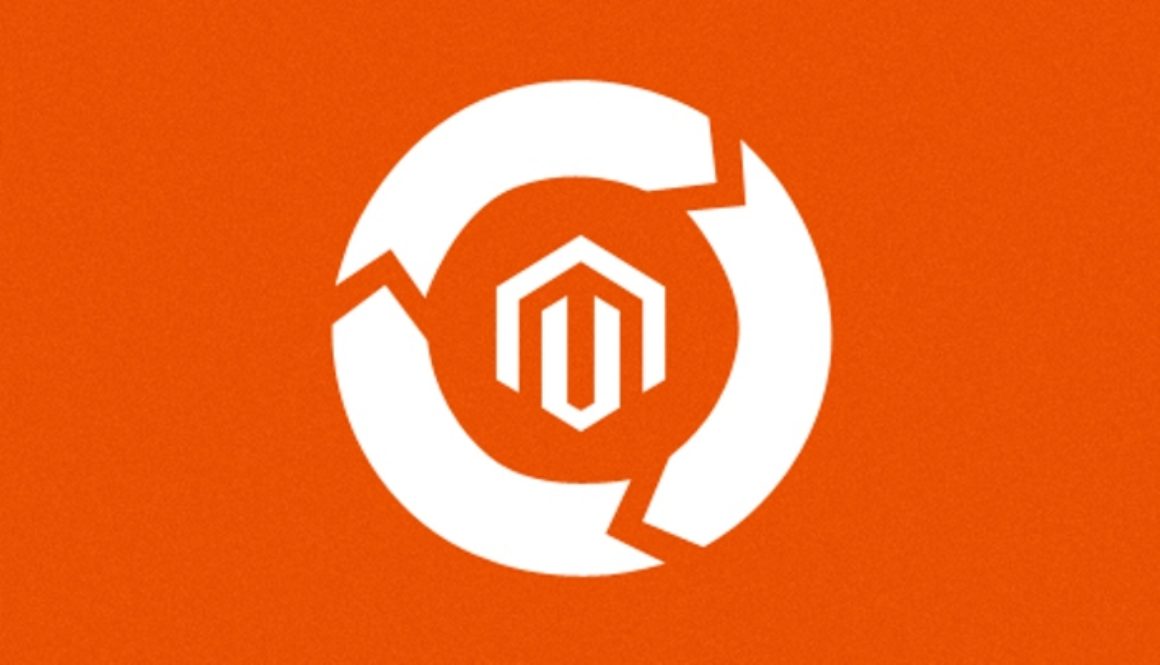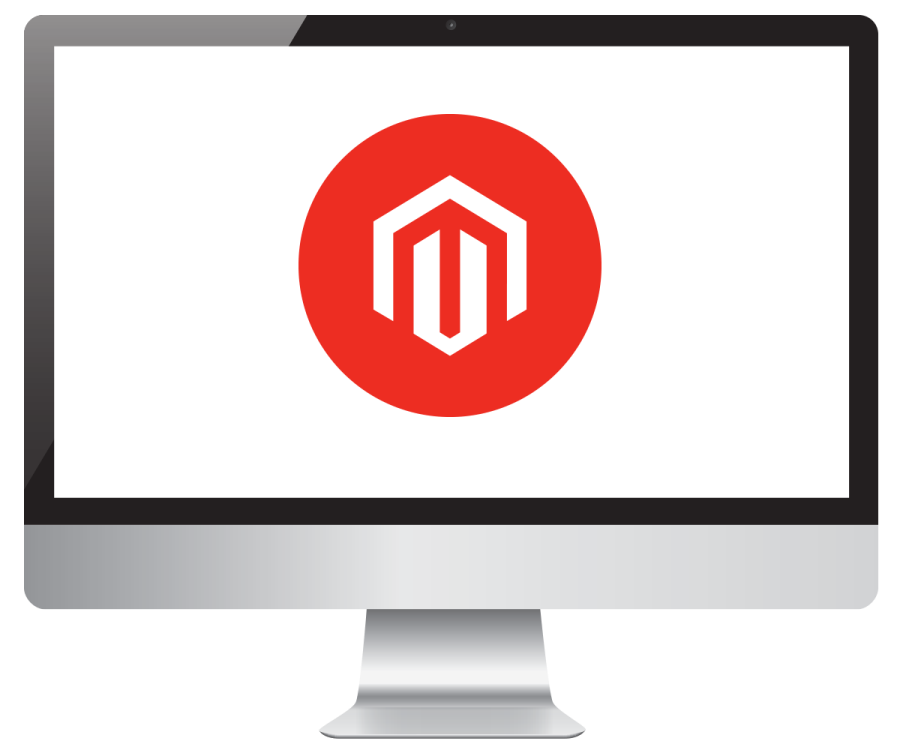E-Commerce
E-commerce, short for ‘electronic commerce,’ entails the trading in products or services using computer networks such as the Internet.
E-commerce draws on technologies such as mobile commerce, electronic funds transfer, supply chain management, Internet marketing, online transaction processing, electronic data interchange (EDI), inventory management systems, and automated data collection systems.
Below you’ll find a bunch of our posts related to e-commerce. Some of the topics that our company bloggers cover include magento e-commerce, and the best ecommerce sites that are currently active on the web. Because e-commerce is a wide and expansive field that is constantly growing, our team is constantly on the go to cover all the latest and greatest news associated with e-commerce.
Since Hara Partners is an e-commerce solutions company, all of the e-commerce going-ons in the world are of the most maximal concern to us. Some of the topics that we covered in the past include Asian e-commerce, mobile e-commerce platforms, and e-commerce trends.
For your information, we’ve also listed some of the common types of e-commerce platforms below:
On Premise E-commerce:
On-premise E-commerce software usually requires initial one time purchase investment in terms of licensing fees. Also, it implies extra costs related to hardware and installation services as well as data migration and on-going maintenance fees that are usually charged on a yearly basis for software updates and support. Some examples of typical on premise E-commerce platforms are Hybris, Sanna Commerce, Oorjit, and IBM WebSphere.
Software as a service (SaaS) E-commerce:
Software as a Service (SaaS)- is a cloud based delivery model in which applications are hosted and managed in a service provider’s datacenter, paid for on a subscription basis and accessed via a browser over an internet connection. Two examples of typical SaaS E-commerce solutions are Shopify and Demandware.
Open Source E-commerce:
Open source e-Commerce is a free of charge platform that doesn’t imply licenses fee. Furthermore, open source users are also responsible for installing, maintaining, securing and configuring the software on their own servers. In order to set up an open source platform, basic technical expertise is required in the areas of web design and development. Software products that are distributed as open source are generally free, and users can access and modify the source code. Three examples of typical open source E-commerce platforms are PrestaShop, osCommerce, Magento and Thelia.

